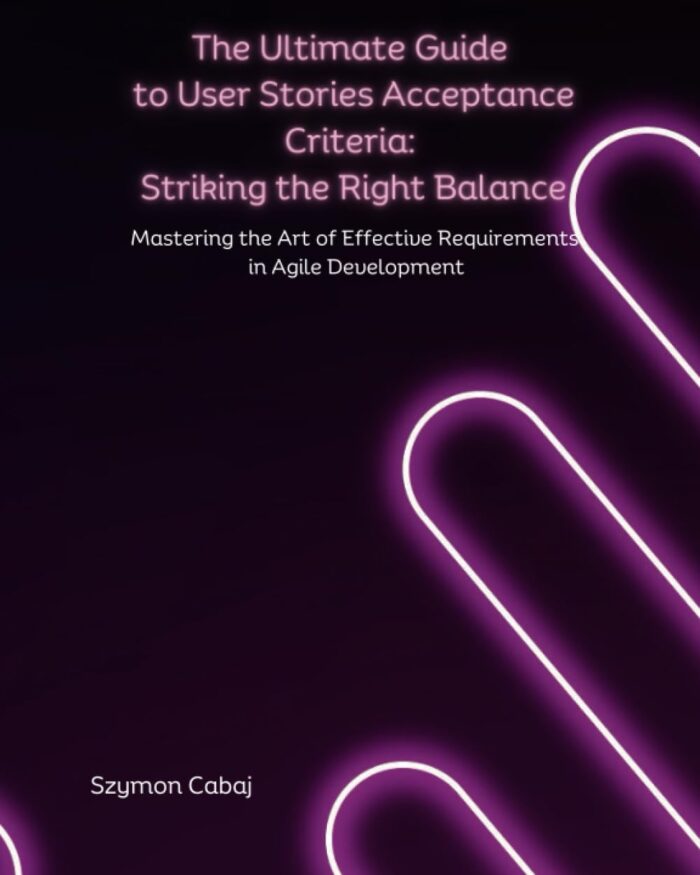
Acceptance Criteria
What are Acceptance Criteria?
Stakeholders define acceptance criteria as specific, measurable conditions that a product, feature, or task must meet for them to consider it complete and acceptable. These criteria help define the scope of work and ensure a shared understanding between the development team, product owner, and client. The project team typically writes them before the start of development, and these writings clarify what the team needs to build and test, guiding implementation and quality assurance. Agile teams link them to user stories and write them in simple language to describe how a system should behave under certain conditions.
Key Points
- It outlines the expected outcome of a task or feature.
- They ensure that deliverables meet business requirements and user needs.
- These conditions support effective communication among team members and stakeholders.
- Well-written criteria reduce the chances of scope creep and misinterpretation.
- They serve as the basis for functional testing and approval.
Related Terms
- A user story is a short, simple description of a feature told from the end user’s perspective. Acceptance criteria often accompany it.
- A definition of done is a shared agreement that outlines the standards a task must meet to be considered finished, including the fulfilment of acceptance criteria.
- Test cases are derived from acceptance criteria to validate that the system behaves as expected.
- Agile methodology relies heavily on clearly defined acceptance criteria to maintain focus and ensure iterative progress.
- Stakeholder requirements are broader project needs, while acceptance criteria translate these into specific, actionable items.
Acceptance Criteria: Example
A software development team receives a user story: “As a customer, I want to reset my password so I can regain access to my account.” The acceptance criteria might include:
- The system must send a password reset link to the registered email.
- The link must expire after 24 hours.
- Users must enter and confirm their new password.
- The system must notify the user that the password has been successfully changed.
These points ensure the team delivers a feature that works as intended and satisfies user expectations.
Acceptance Criteria: Best Practices
- Write acceptance criteria in clear, simple language that all team members understand.
- Involve stakeholders and end users when defining criteria to ensure alignment.
- Keep criteria testable, focusing on observable results rather than internal processes.
- Use consistent formats, such as “Given-When-Then,” to maintain clarity.
- Review and revise criteria regularly to reflect changing needs or feedback.
Additional Resources
Preparing for a PMI certification?
- Exam Prep Courses: PMP®, CAPM®, and PMI-ACP®
- Exam Simulators: PMP®, CAPM®, PMI-ACP®, PMI-PBA®, PMI-RMP®, PMI-SP®, PgMP®, and PfMP®
- Professional Development Units (PDUs): 15, 30, and 60 PDU Bundles




